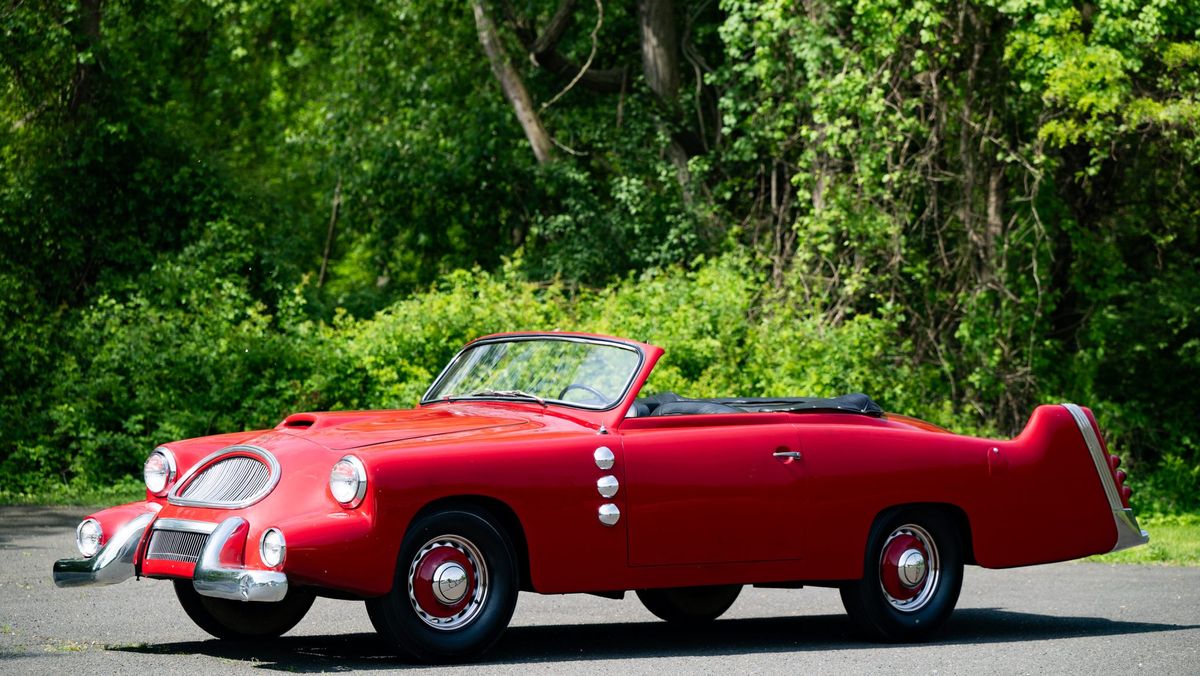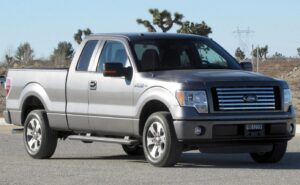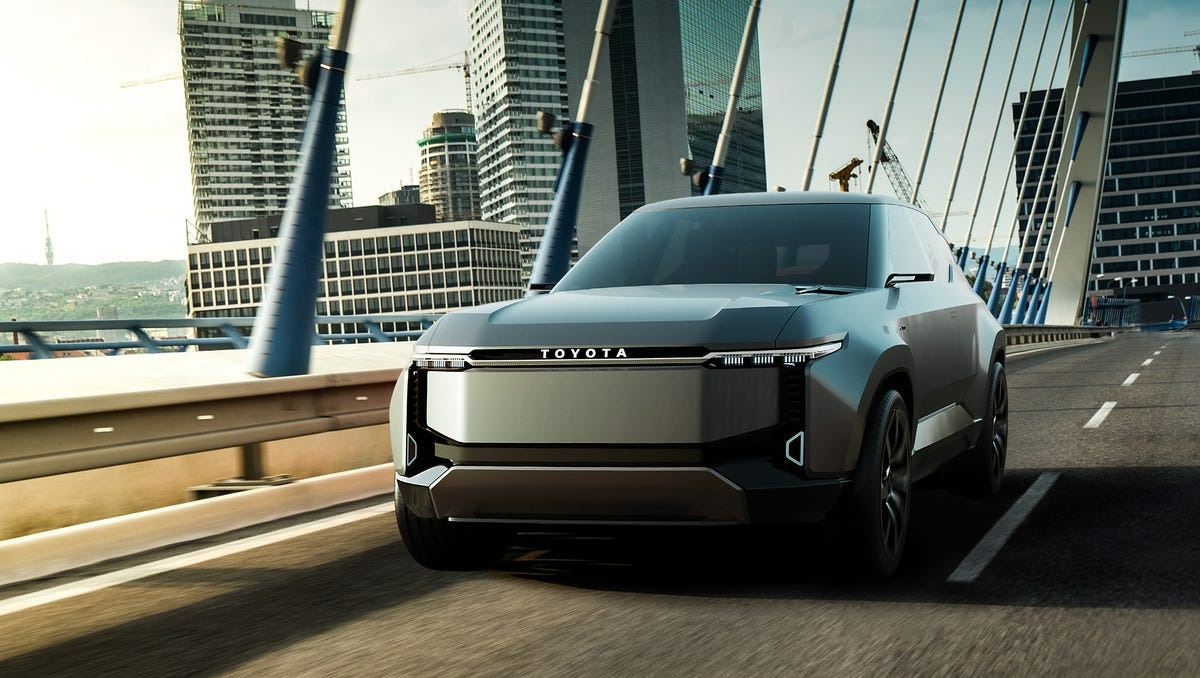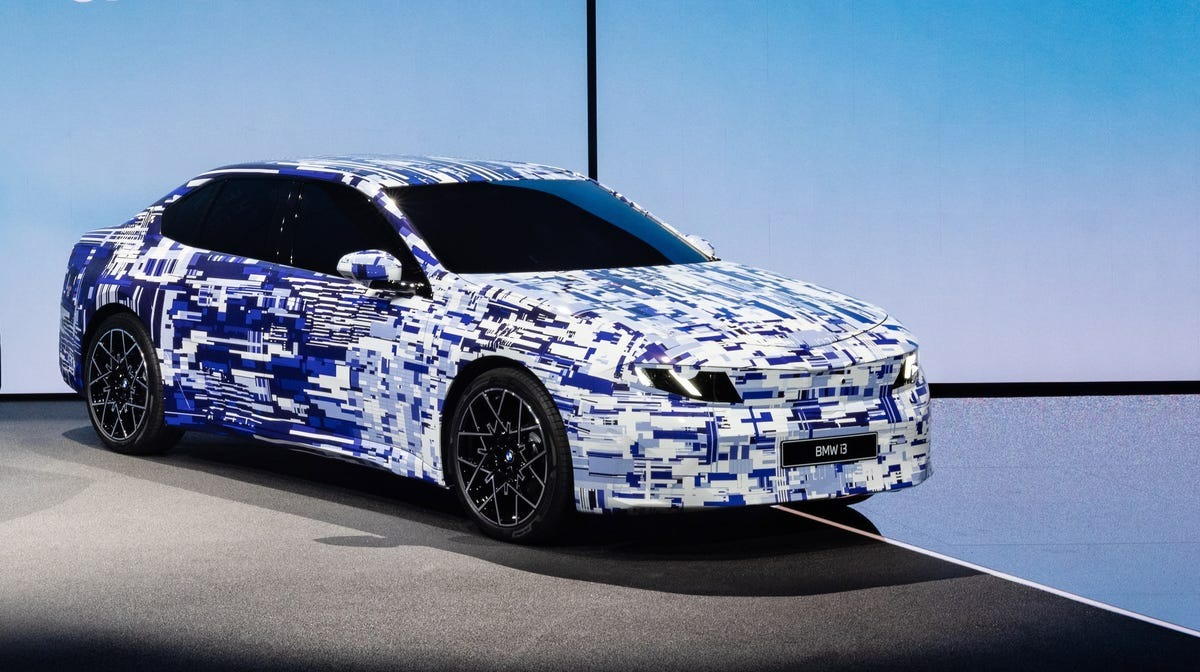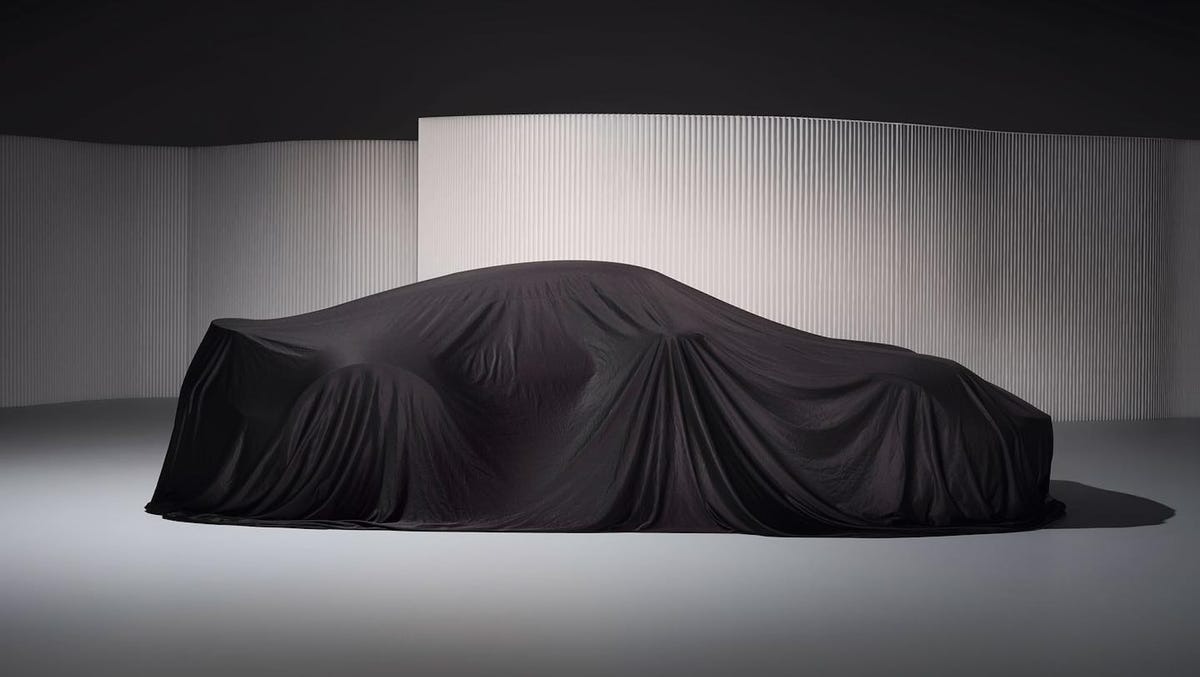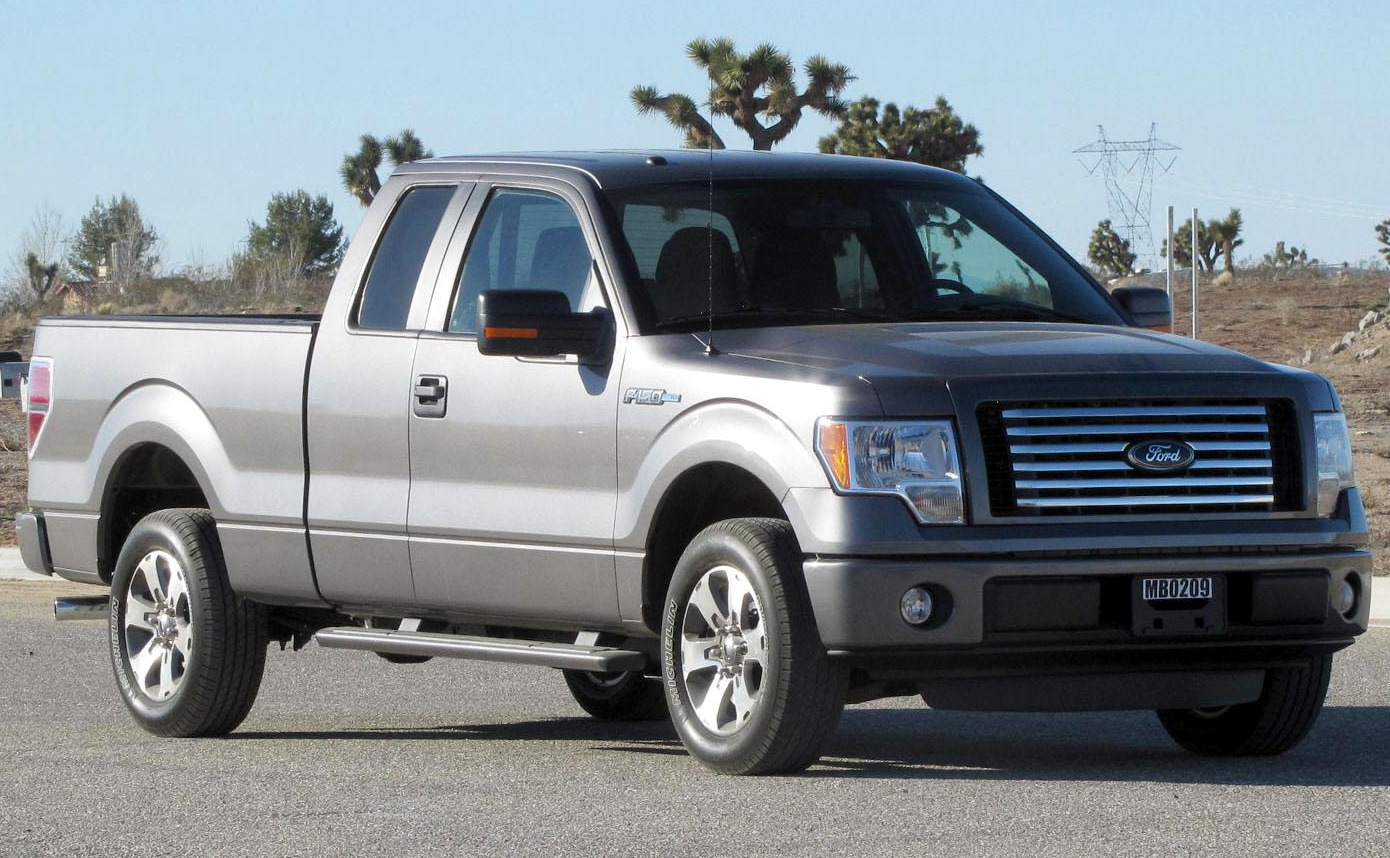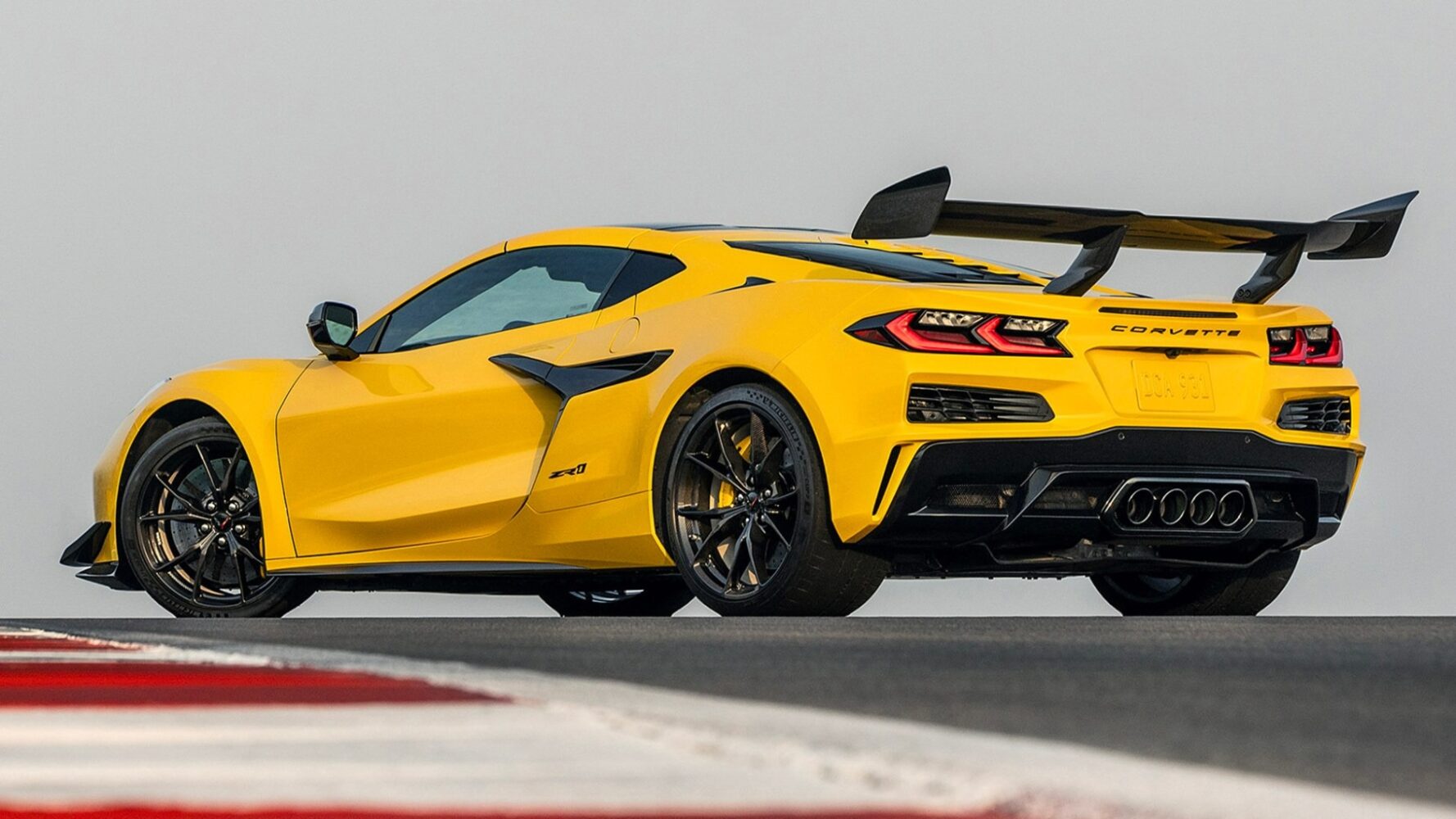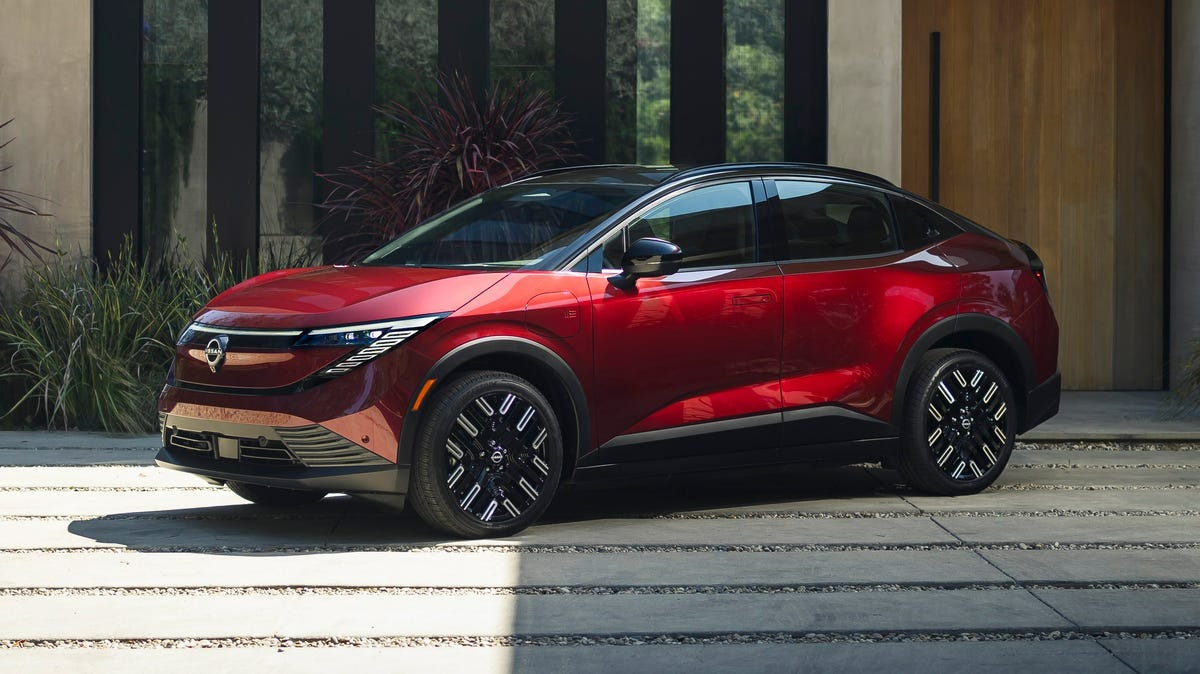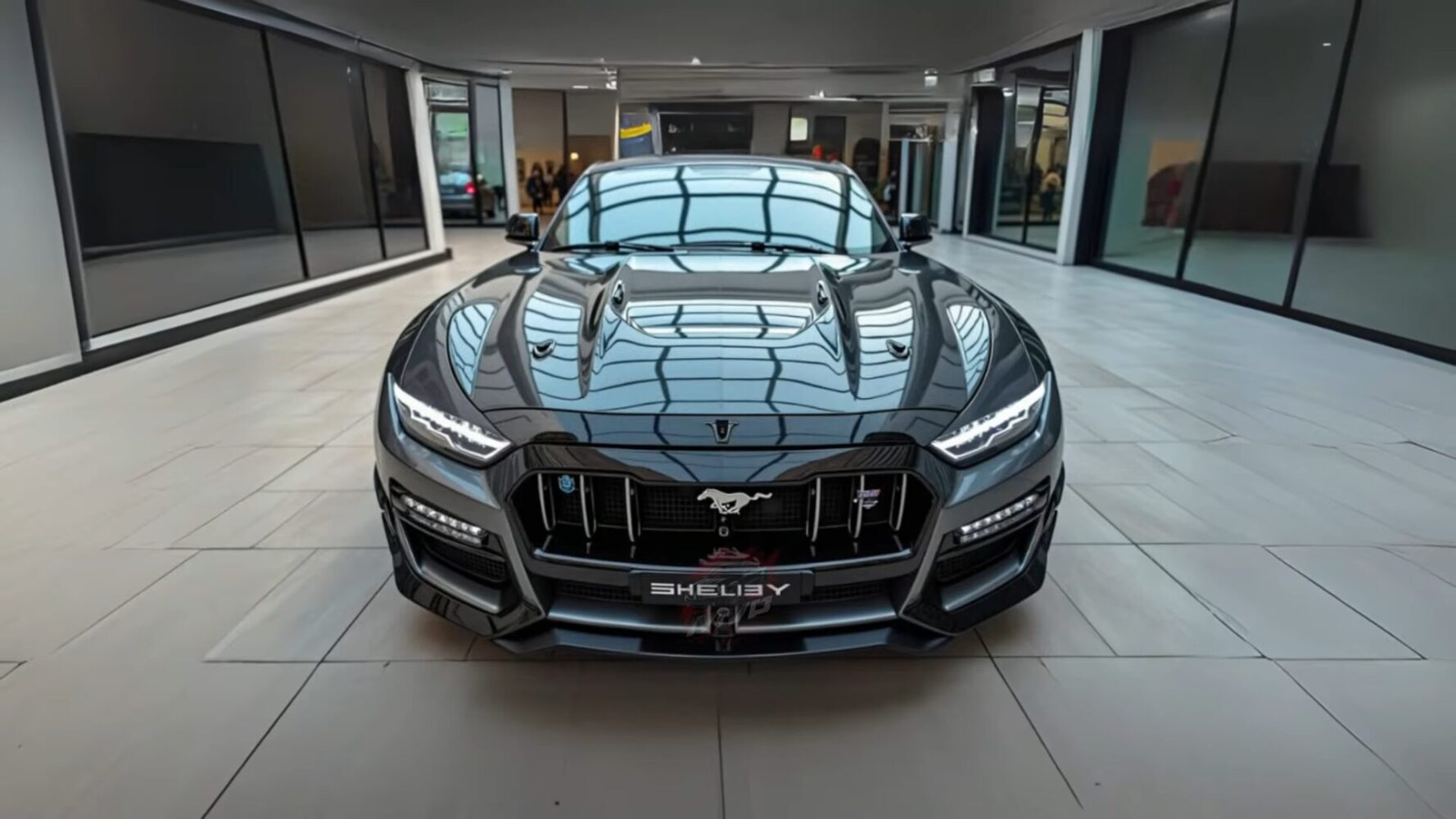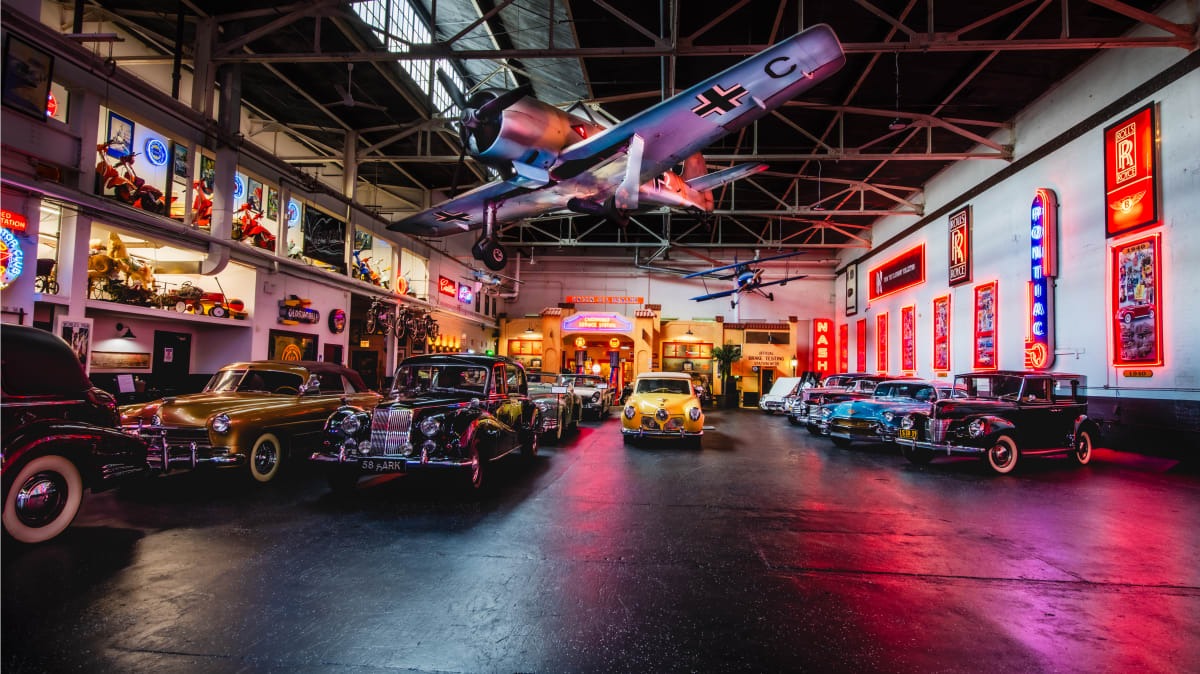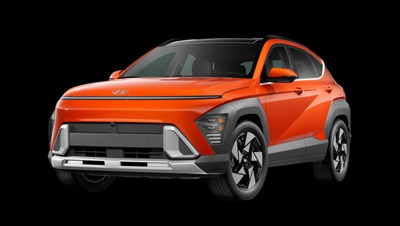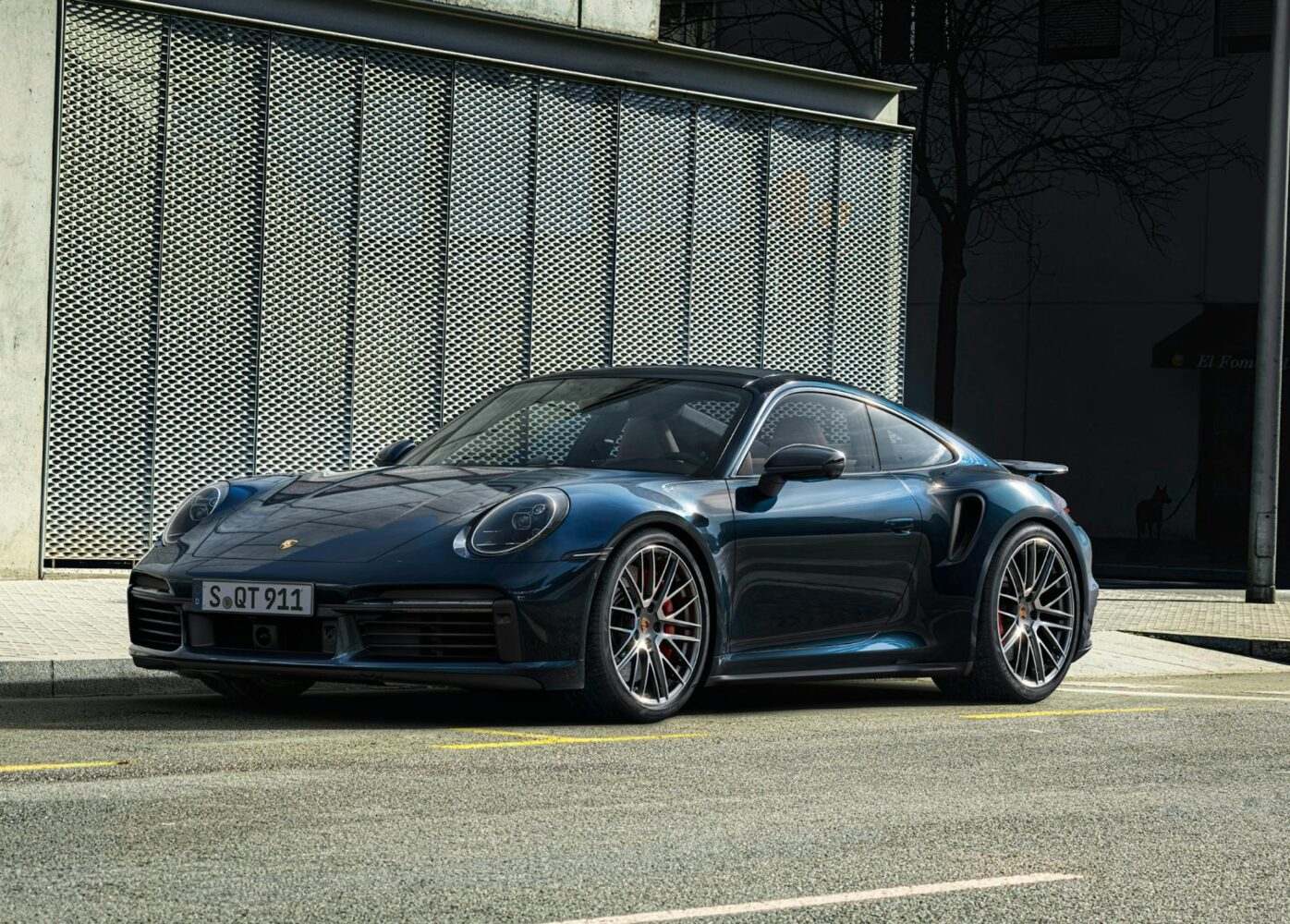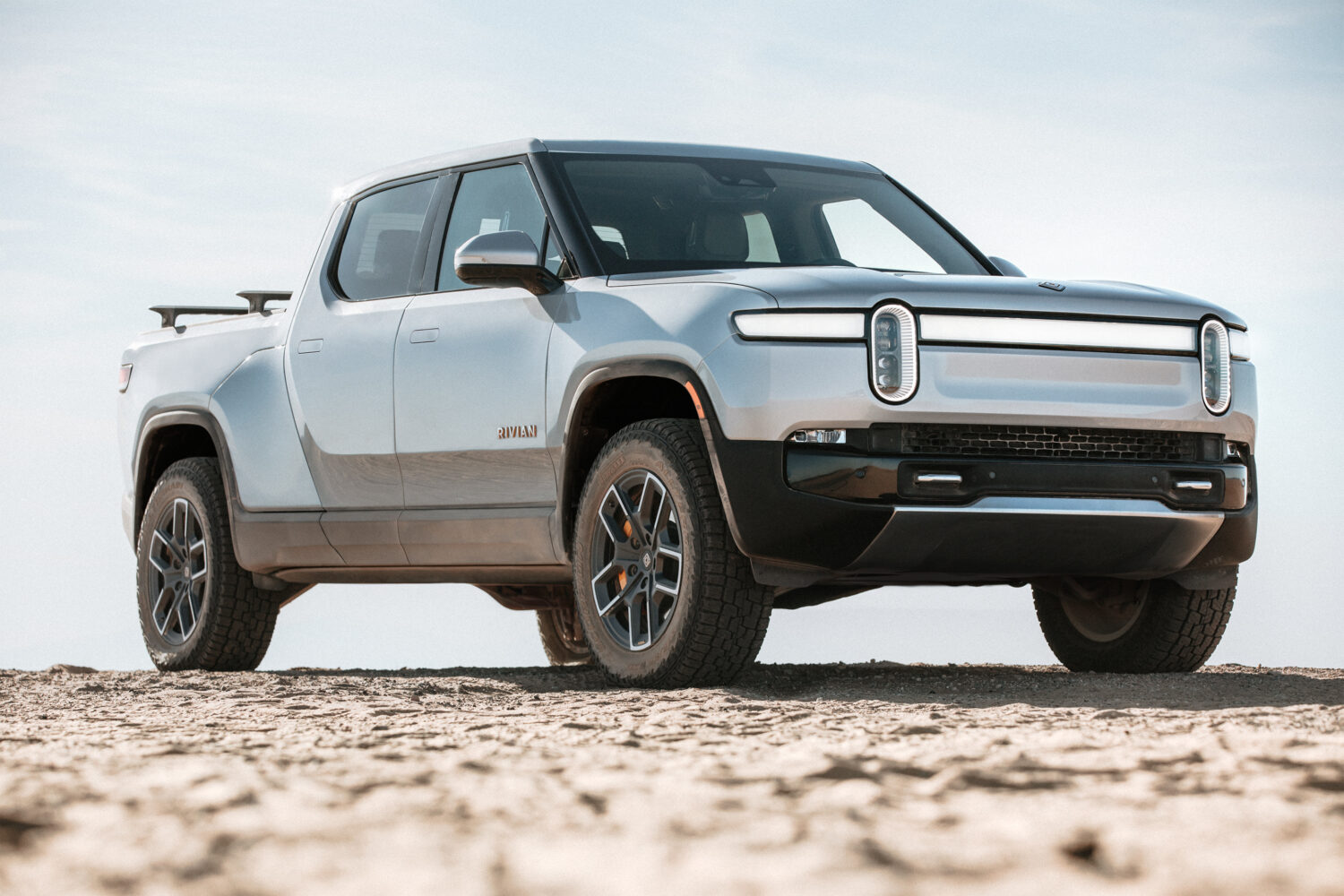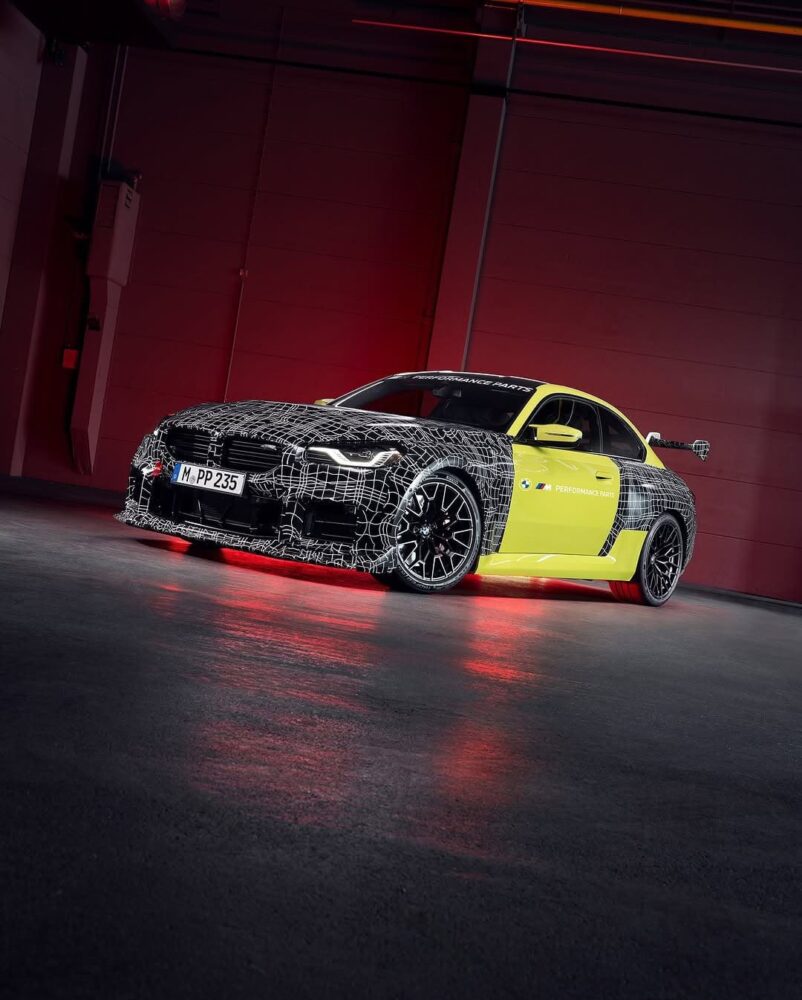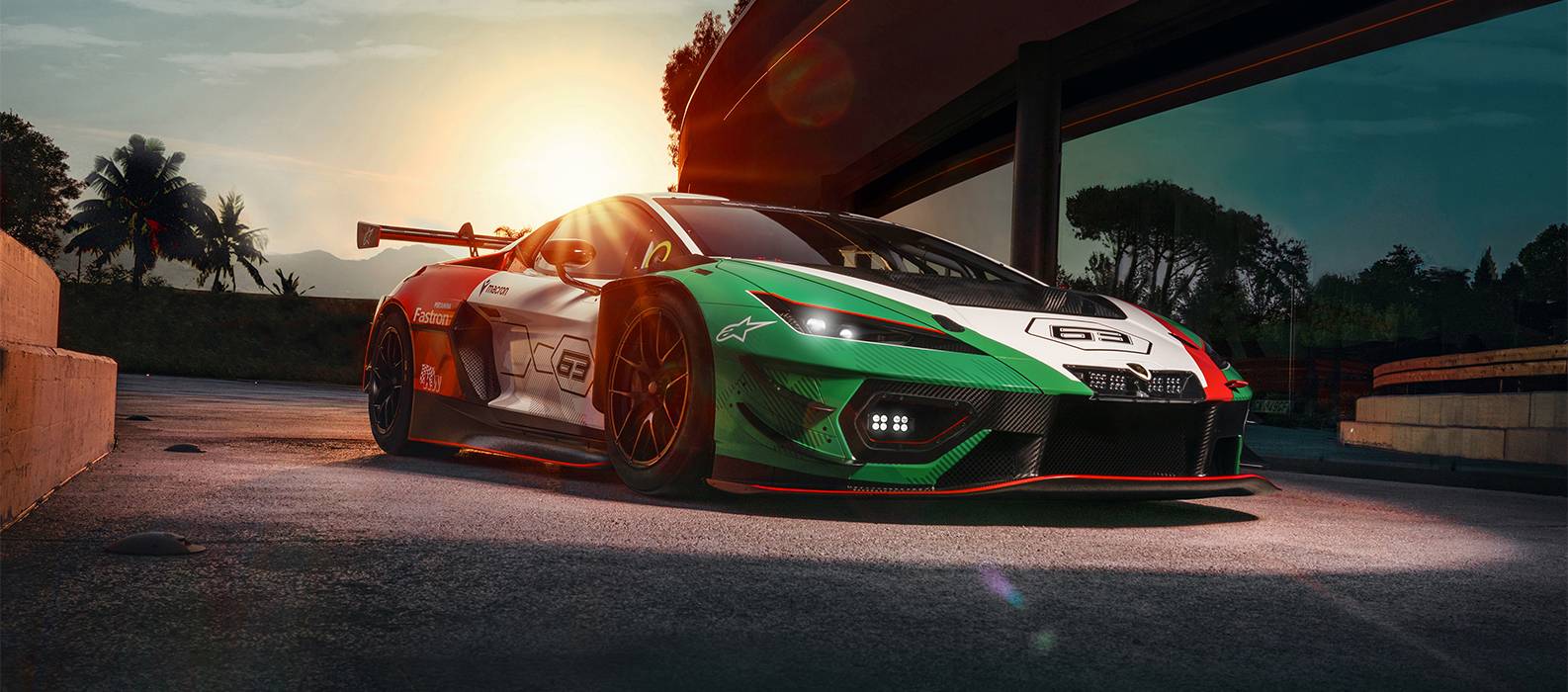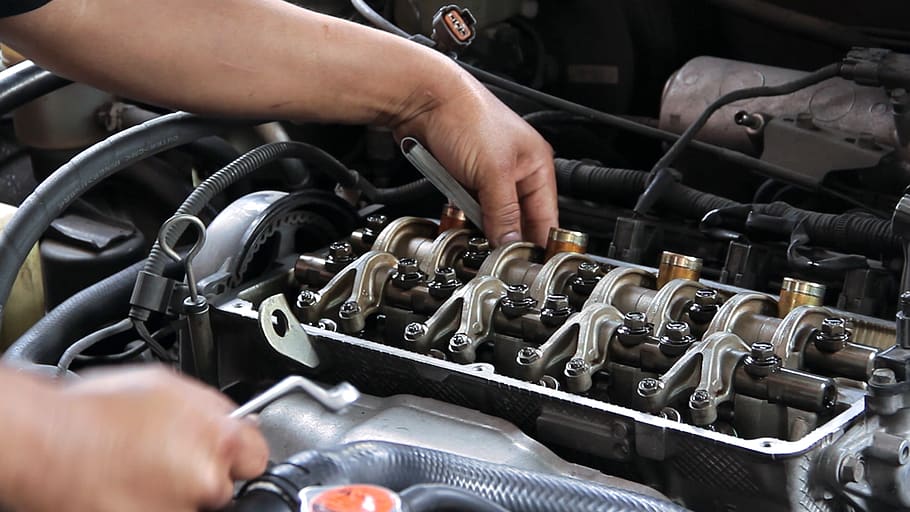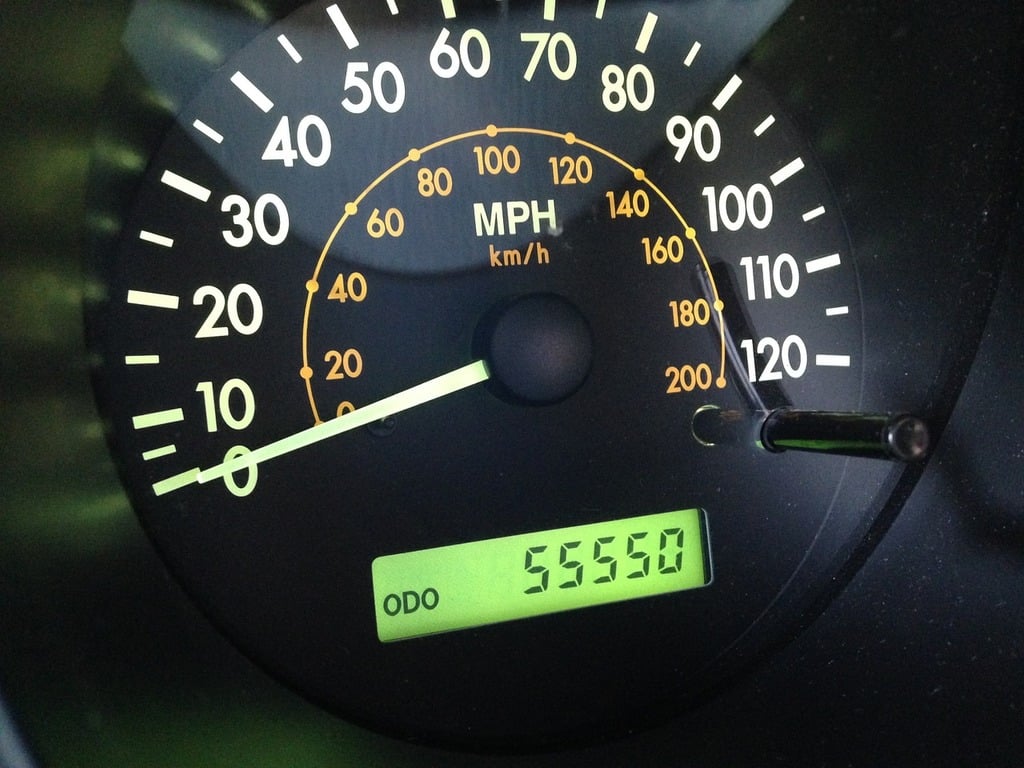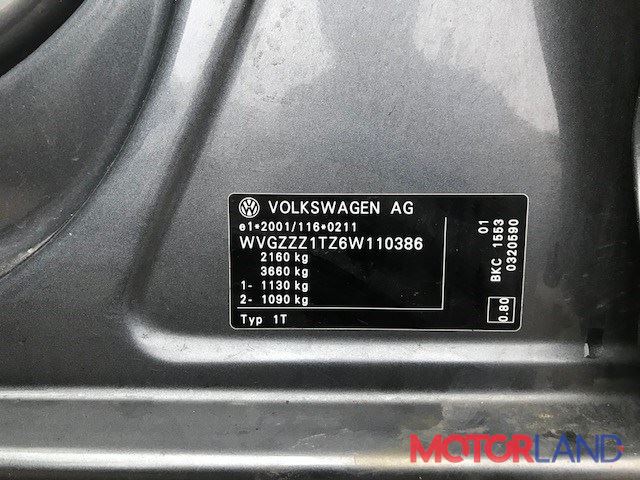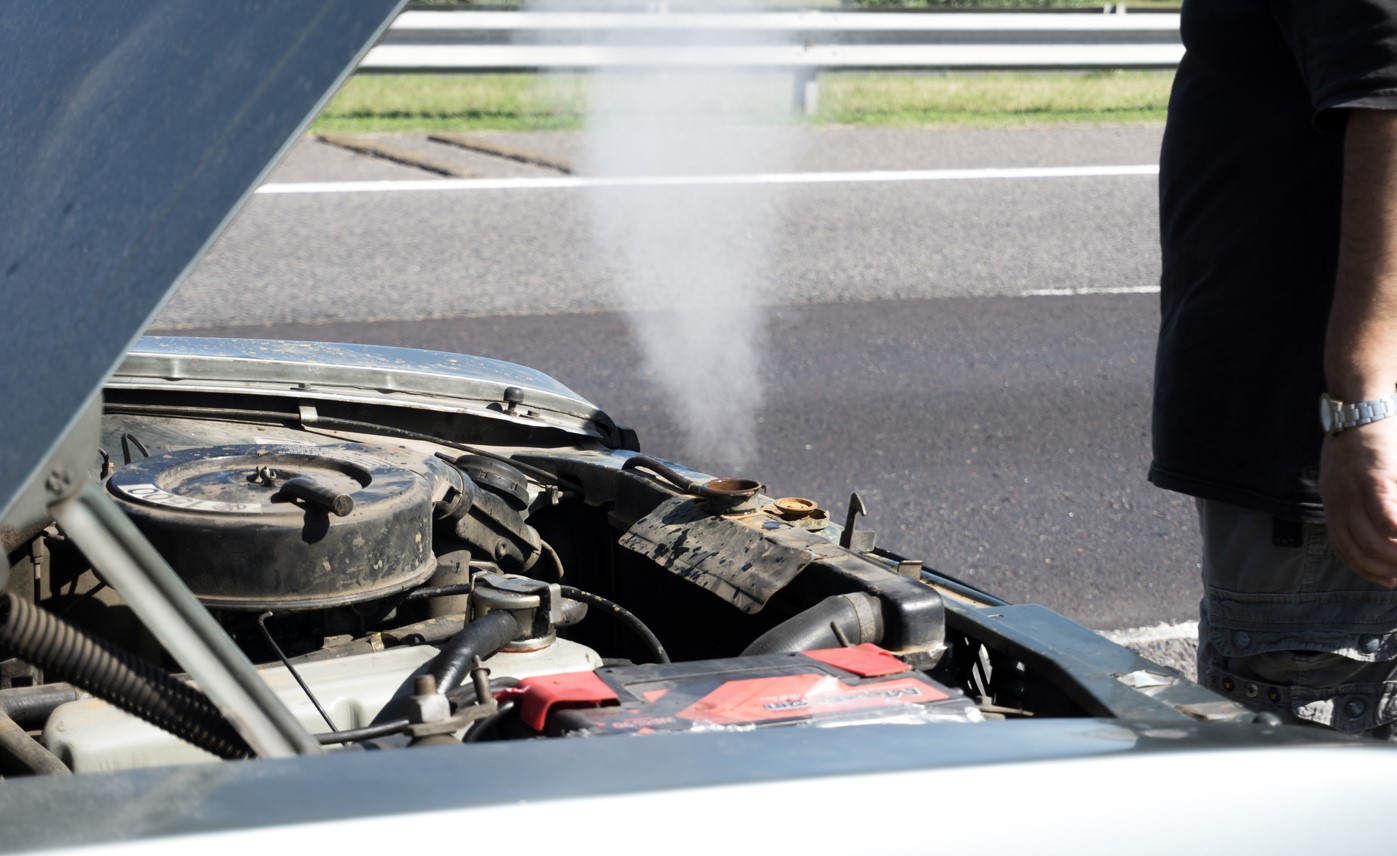This isn’t your typical barn find. The 1957 Spohn DV-13 Convertible crossing the Bring a Trailer auction block represents something far rarer: the death rattle of German coachbuilding excellence.
At $25,000 and climbing, this red convertible tells a story spanning continents and decades. Hermann Spohn Karosseriebau once clothed Maybachs and Mercedes in gorgeous bodywork, and the craftsmanship behind this car is the kind you’d expect from most reliable classic cars ever made, with an enduring legacy.
By 1957, they were building wild customs for American GIs who wanted European craftsmanship wrapped around familiar Detroit iron. The typical Spohn coachbuilt Custom cost several thousand dollars, topping out at perhaps $7,000 in 1950s dollars—more than a year’s salary for the customer demographic of a USAF flyboy.
The DV-13 sits on a 1939 Ford chassis but packs heat from a 1953 Cadillac 331ci V8. That’s proper motivation, pushing through a Ford three-speed manual.
The combination sounds bizarre on paper, yet it perfectly captures post-war automotive culture. American GIs could sit in the Spohn offices and work out their unique design, which would be made real and fitted to their preferred chassis.
Spohn’s reputation wasn’t built on weird customs. Before the war, they were Germany’s answer to Pininfarina, creating streamlined masterpieces that predated American design trends by years.
Their 1931 Maybach Zeppelin bodies featured aerodynamic forms two years before Pierce-Arrow’s Silver Arrow concept. Nearly all Maybach chassis from the 1920s through the 1940s wore Spohn bodywork.
But war changes everything. When Josef Eiwanger Jr. took over after his father’s death, Spohn pivoted to serving American soldiers.
These weren’t subtle European grand tourers. GIs wanted flash, fins, and chrome. The DV-13 delivered all three with German precision.
The military shipped these cars back to the United States for free, making the custom coachwork economically attractive to servicemen. Most original cars were worth less than $500 by the time they reached Spohn’s shop.
Look past the theatrical styling and you’ll find legitimate craftsmanship. Spohn’s uncompromising goal was creating seamless steel bodywork—every piece of immobilized bodywork had no visible connection to the next, a great challenge when working in steel. And while this car may not be a top pick for a seasoned collector, its rarity and craftsmanship certainly make it a gearhead’s dream.
The steel bodywork shows Spohn’s traditional metalworking expertise, even if the design reflects American excess rather than German restraint. Triple fender portholes, staggered headlights, and those impossible tailfins were hand-formed by artisans who once shaped Hispano-Suiza bodies.
Spohn laid on the finest paint finishes in Europe—14 coats of lacquer were their standard, using nitrocellulose lacquer that’s been banned in the US for about 30 years.
Wayne Carini and Ralph Marano rescued this example from the Dezer Collection in 2012. It’s starred on Chasing Classic Cars and won the “most audacious exterior” award at Amelia Island.
That’s fitting recognition for a car representing automotive history’s strangest cultural collision. Today’s collector market shows median sale prices down 20 percent from 2022 highs, making rare specimens like this increasingly valuable.
The mechanical package stays conventional. Drum brakes at all four corners, solid axles, and transverse leaf springs mirror 1939 Ford engineering.
It probably accelerates better than it stops, but that’s period-correct for the era. Current market trends favor unique vehicles over mass-produced classics, as younger collectors seek distinctive alternatives to mainstream muscle cars.
This DV-13 is effectively automotive archaeology. Fewer than two dozen Spohn customs exist, making each survivor a crucial piece of coachbuilding history.
When Spohn closed in 1957, they took nearly four decades of German automotive artistry. At no reserve, this convertible offers collectors something genuinely unrepeatable.
You’re not buying transportation or even sensible investment potential. You’re acquiring the final gasp of European coachbuilding tradition wrapped in American dreams.


